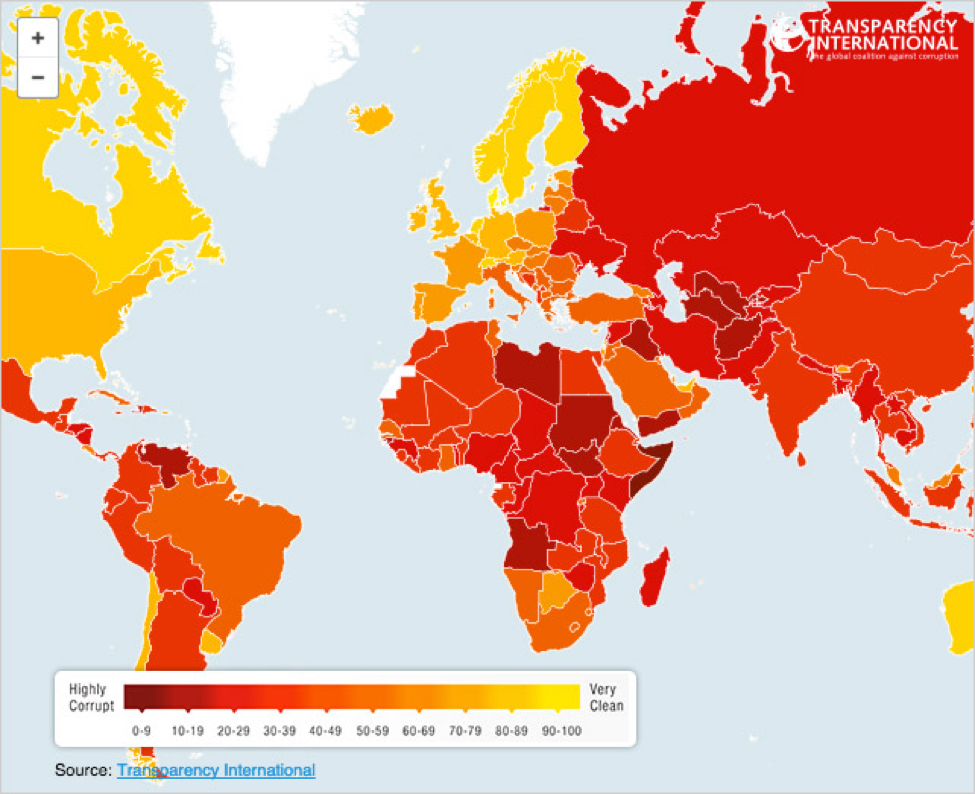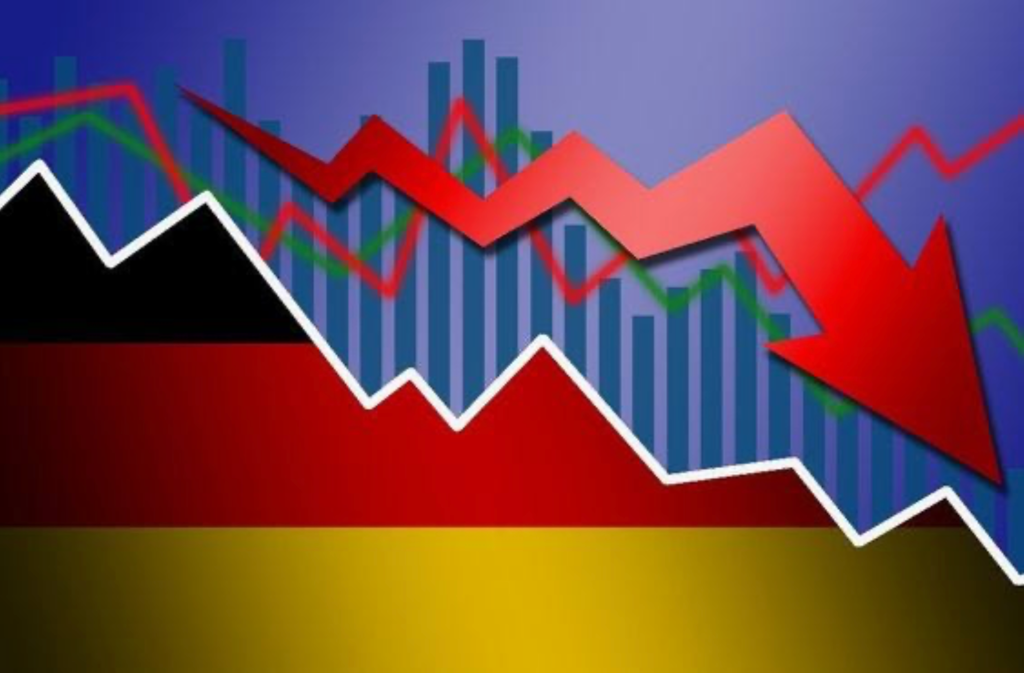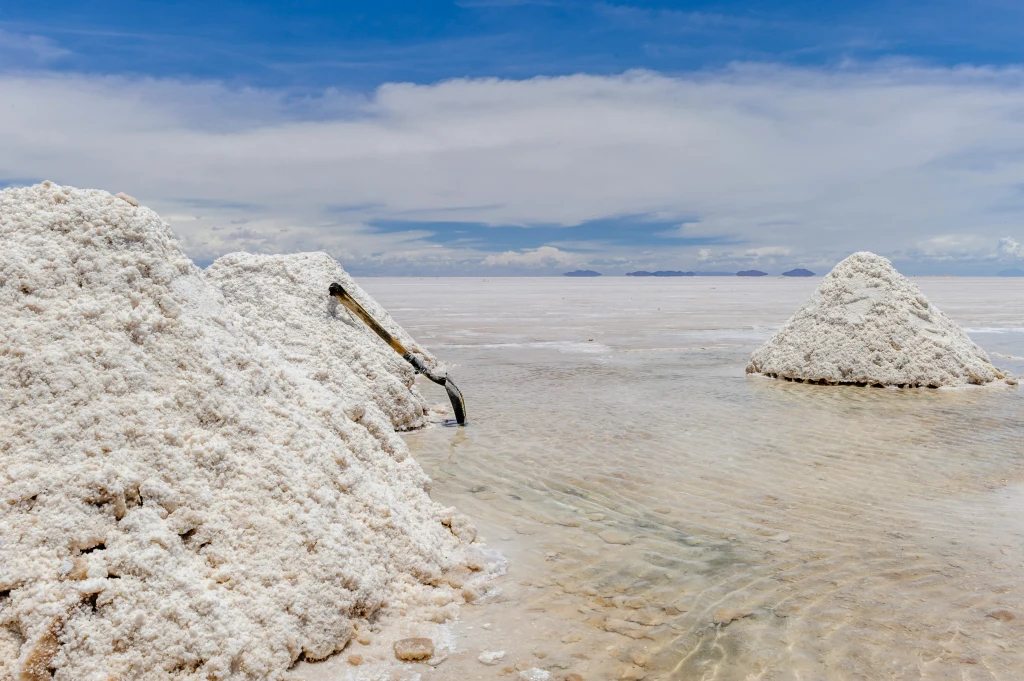By: Alper D. Karakas
“With such small populations, what gives nordic countries their economic valor?”
“Salmon is very good for you and it allows for the construction of a strong state!” was the response my Norwegian friend, Bjørn Berntsen, gave me when I asked him why Nordic countries have such economic strength. But a seafood-esque diet is not really a sufficient explanation. The good news is that there’s more to it than that.
What is different about the Nordic countries? The question makes sense; rather, it doesn’t come out of nowhere. Sweden, Finland, Norway, and Denmark are not only ranked among the top twelve countries in the world for “Best Countries Overall” according to the paper, US News and World Report, but when The Economist used data from the World Economic Forum, World Bank, WIPO, and INSEAD to rank countries based on their global competitiveness, ease of doing business, global innovation, corruption perceptions, human development, and prosperity, they were the top four countries in the overall ranking. The main reason this economic success is somewhat of a shock is that the combined population of these countries is only a little higher than the population of Florida, one of fifty states in the US.
Further, these five countries are all in the top nine countries for being the most open to business according to the US News ranking. It is obvious to most people that if a country is notable for being to open to business, then more and more companies from all over the world will work with them, and the domestic economy shall hence record positive growth.
Behind this success lies two main pillars, and the first one is the low level of corruption. According to US News and World Report, not one country of the Nords has a corruptness score over 0.0. Mirzayev of Investopedia writes, “Corrupted economies are just not able to function properly because corruption prevents the natural laws of the economy from functioning freely.” Also behaviorally, citizens in an economy with no corruption present will experience trust and not fear while investing money because they have no expectation of governmental misuse of power for unlawful and dishonest wealth. An increase in investment, both in foreign and domestic levels, will benefit the economy’s wealth.
In continuance with zero corruption promoting investment and allowing openness for business, Sweden, Denmark, Norway, and Finland have an average score of 9.675 out of 10 for transparent government policies based on US News and World Reports data. Additionally, a map made by Transparency International (the figure located at the top of the article) underlines that the Scandinavian region is as close to “Very Clean” — rather than “Highly Corrupt”— as any region gets. In fact, this transparency goes a long way for Nordic economic wealth — specifically the transparency in the tax system.
Henrik Jacobsen Kleven, an economist at the London School of Economics, notes the benefit that Denmark and the other Nordic countries enjoy with a clean and transparent tax system. According to him, this is a system “without many loopholes and deductions. [It] keeps people from sheltering their income. It also keeps high-income foreigners from coming to or staying in your country”. Another vital aspect of the Nordic taxation is that it is a sizeable amount of a citizen’s income—especially in comparison to the United States. Trading Economics notes Norway’s, Sweden’s, Denmark’s, Finland’s, and Iceland’s personal income tax rates: 38.52%, 57.10%, 55.80%, 51.60%, and 46.30%, respectively. Nevertheless, “the Scandinavian countries subsidize a lot of things that are complementary to work – such as education, child care, elder care and transportation – thereby compensating for their high taxes”. To put it more simply, a tax system that is clean, transparent, and publically beneficial sounds like it may be worth the high taxes.
Not only do these economies party offer solid benefits, but also everyone is invited. According to the World Economic Forum (WEF), Norway recently ranked as the most inclusive economy, with Denmark, Sweden, and Iceland also being in the top ten. An inclusive economy is beneficial in a simple manner: more people participate in the economy, more monetary value circulates, it grows and every party in the economy gets healthier. They say that “Nordic countries do not have a statutory minimum wage, but 70% of its workers are covered by collective agreements which specify wage floors. Furthermore, 54% of paid workers are members of unions, compared to 11% in the United States and 25% in the United Kingdom. Overall, Norway tops the employment part of our index, both in terms of how accessible and stable employment is, and how well workers are paid”. With no minimum wages, the employers who do not have much money to pay workers are perfectly matched with the workers who are willing to, or have a demand for, work for low wages.
As Claire Boyte-White for Investopedia explains: “One oft-cited fact is many developed nations without minimum wages have drastically lower unemployment rates. Proponents of repealing the minimum wage in the U.S. believe this points to the fact that countries that abolish baseline salary requirements have thereby encouraged companies to increase hiring.” However, although they do not have nationwide, legal minimum wages, Scandinavian countries like Norway set minimum wages by industry with collective bargaining contracts amongst the working unions which dominate the working population. Therefore, there are many different minimum wages adjusted based on the field it concerns. Boyte-White continues to write that “[nearly] all Swedish citizens belong to one of about 60 trade unions and 50 employers’ organizations that negotiate wage rates for regular hourly work, salaries and overtime. The minimum wage tends to hover near 60-70% of the average wage in Sweden.”
These countries, through their unions, develop a culture that protects the workforce and seeks their best interest. Matt Woolsey in Forbes notes that “[unemployed] job seekers in Norway and Finland are almost as well off. In Norway the unemployed receive 87.6% of their previous salaries for 500 days and in Finland they receive 85.1% of their previous salaries for one year.” Behaviorally, this sense of security and protection attracts more people to join the workforce which contributes a large population to the working economy and a low unemployment rate.
Of course, the Nordic countries are not perfect. The Economist’s Special Report on Nordic countries writes, that “their governments remain too big and their private sectors too small. Their taxes are still too high and some of their benefits too generous. [Their] system of flexicurity puts too much emphasis on security and not enough on flexibility;” however, these countries still deserve a lot of respect. Collectively and unanimously, they all rank so high in not only economic strength, as discussed, but in education and prosperity. “Finnish schools assign less homework and engage children in more creative play,… teachers are trained to assess children in classrooms using independent tests they create themselves,… and the main driver of education policy is not competition between teachers and between schools, but cooperation.” writes Anu Partanen in her article in The Atlantic. Finland gives every child and equal opportunity to learn with no private schools and a fair balance of socioeconomic status in schools. Even in the World Happiness Report, Norway, Iceland, Denmark, Sweden, and Finland are all in the top ten.
Now it is important to remember that Scandinavian countries have populations that are comparable to individual American states. French philosopher Jean-Jacques Rousseau did express in his “Social Contract” that smaller populations are easier to manage and make ideal. Furthermore, Rousseau’s “Social Contract” also states that nations with more ethnically and culturally homogenous populations live more harmoniously. Partanen notes that “just 4.6 percent of Finnish residents had been born in another country,” and OECD data states that Denmark’s and Iceland’s foreign-born are 8.5% and 11.5%, respectively.
Regardless, there still must be respect these countries’ populations and authorities for implementing successful social and economic policies and therefore habiting successful social and economic environments. These countries and their cultures may not be as well known as others, but quietly they’ve really been doing things right. Maybe we should all eat more salmon.
References:
Image sourced from Transparency International
Boyte-White, C. (2015, August 05). 5 Developed Countries without Minimum Wages. Retrieved from http://www.investopedia.com/articles/investing/080515/5-developed-countries-without-minimum-wages.asp#ixzz4wHdBRemq
Corrigan, G. (2017, April 12). Lessons from Norway, the world’s most inclusive economy. Retrieved from https://www.weforum.org/agenda/2017/04/lessons-from-norway-the-world-s-most-inclusive-economy/
Mirzayev, E. (2015, January 23). How Corruption Affects Emerging Economies? Retrieved from http://www.investopedia.com/articles/investing/012215/how-corruption-affects-emerging-economies.asp#ixzz4wHUu35MN
Partanen, A. (2011, December 29). What Americans Keep Ignoring About Finland’s School Success. Retrieved from https://www.theatlantic.com/national/archive/2011/12/what-americans-keep-ignoring-about-finlands-school-success/250564/
The Economist. The secret of their success. (2013, February 02). Retrieved from https://www.economist.com/news/special-report/21570835-nordic-countries-are-probably-best-governed-world-secret-their
US News and World Report. (2017, March 7). The 80 Best Countries for Entrepreneurship. Retrieved from https://www.usnews.com/news/best-countries/entrepreneurship-full-list
US News and World Report. (2017, March 7). The 80 Best Countries for Open for Business. Retrieved from https://www.usnews.com/news/best-countries/open-for-business-full-list
US News and World Report. (2017, March 7). Finland. Retrieved, from https://www.usnews.com/news/best-countries/finland
US News and World Report. (2017, March 7). Sweden. Retrieved from https://www.usnews.com/news/best-countries/sweden
US News and World Report. (2017, March 7). Norway. Retrieved, from https://www.usnews.com/news/best-countries/norway
US News and World Report. (2017, March 7). Denmark. Retrieved, from https://www.usnews.com/news/best-countries/denmark
Veuger, S. (2014, December 18). Heaven on Earth? Retrieved from https://www.usnews.com/opinion/economic-intelligence/2014/12/18/why-sweden-denmark-and-norway-have-high-taxes-and-still-show-up-to-work
Woolsey, M. (2008, June 27). World’s Best Places For Unemployment Pay. Retrieved from https://www.forbes.com/2008/06/27/unemployment-benefits-world-forbeslife-cx_mw_0627worldunemployment.html






Leave a comment